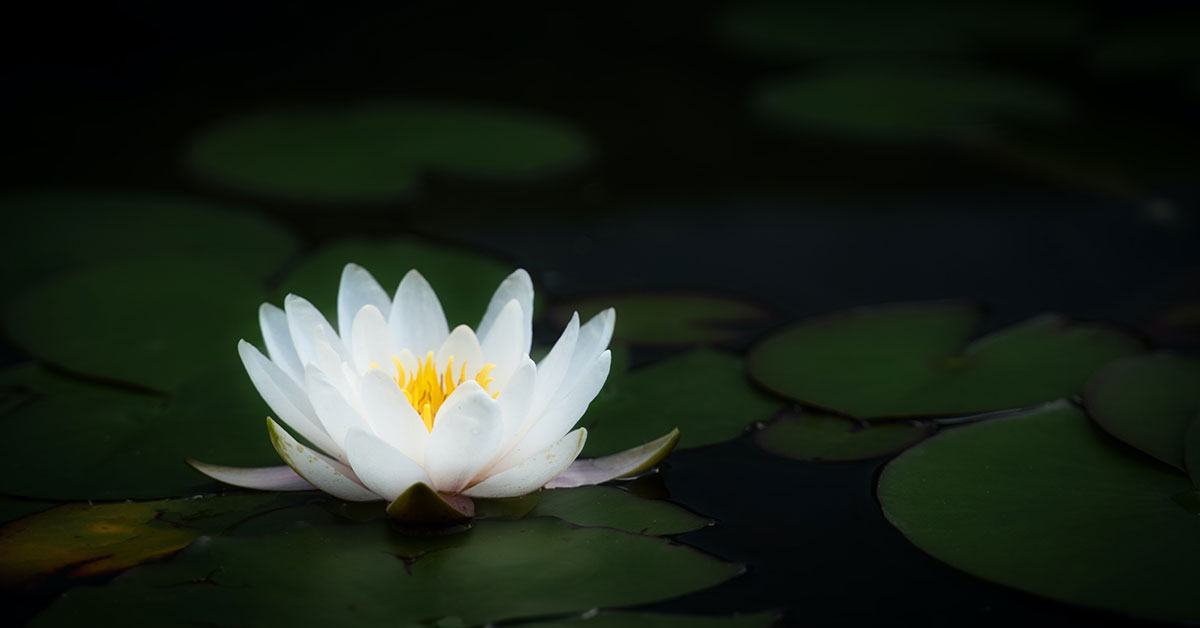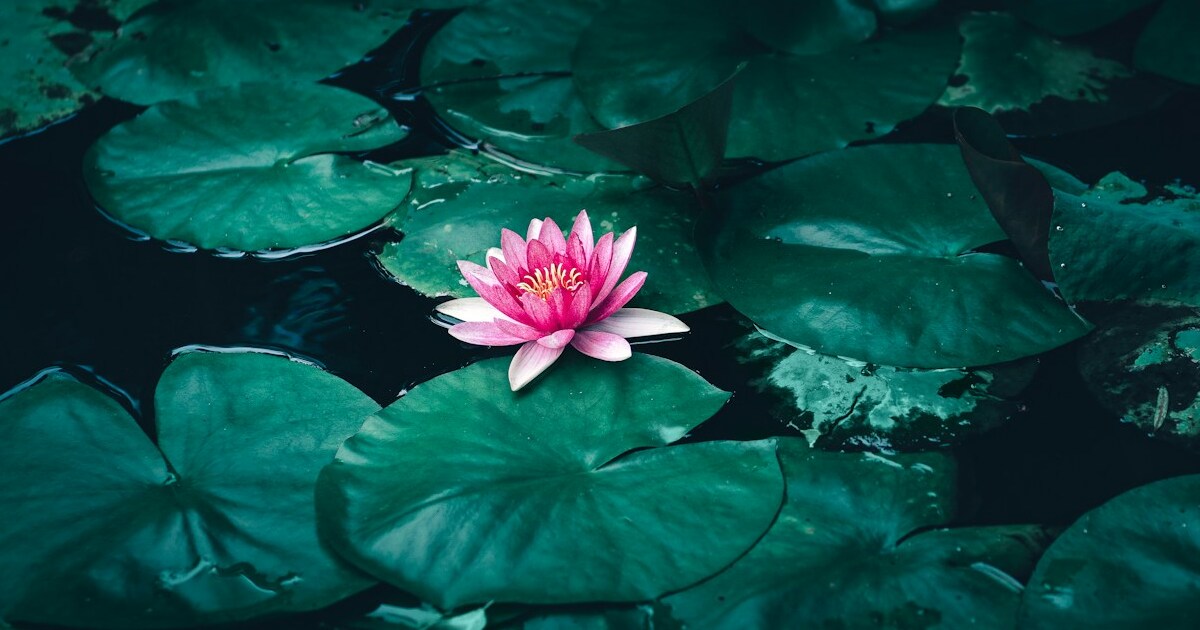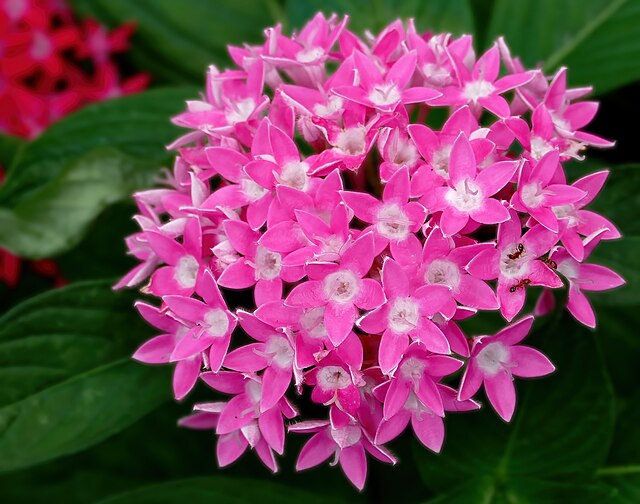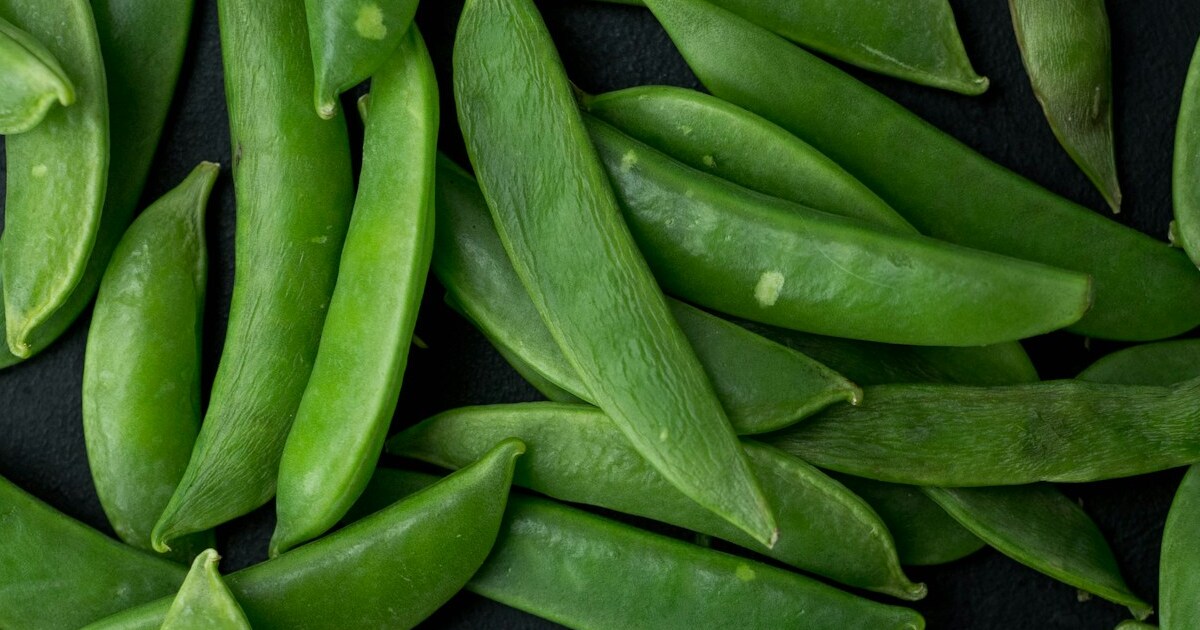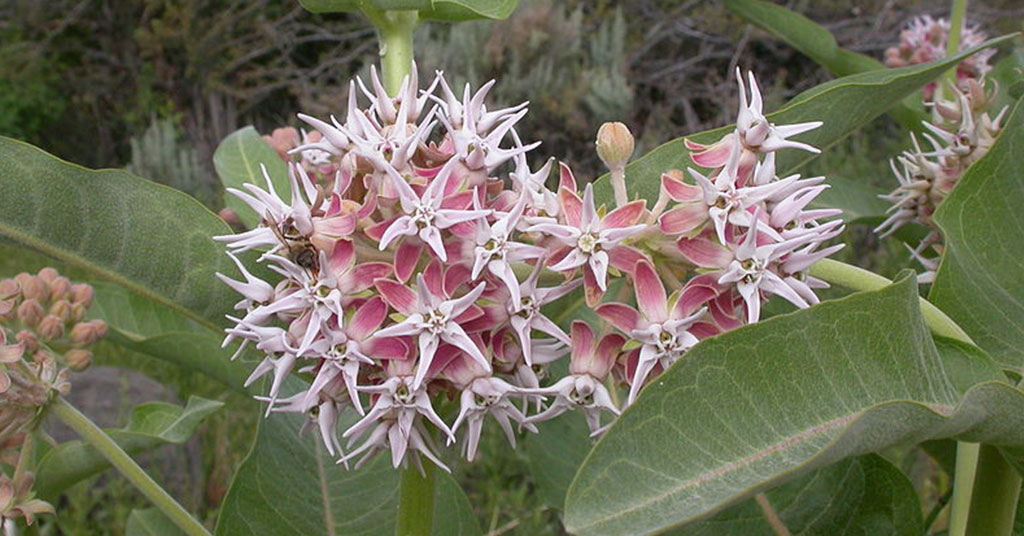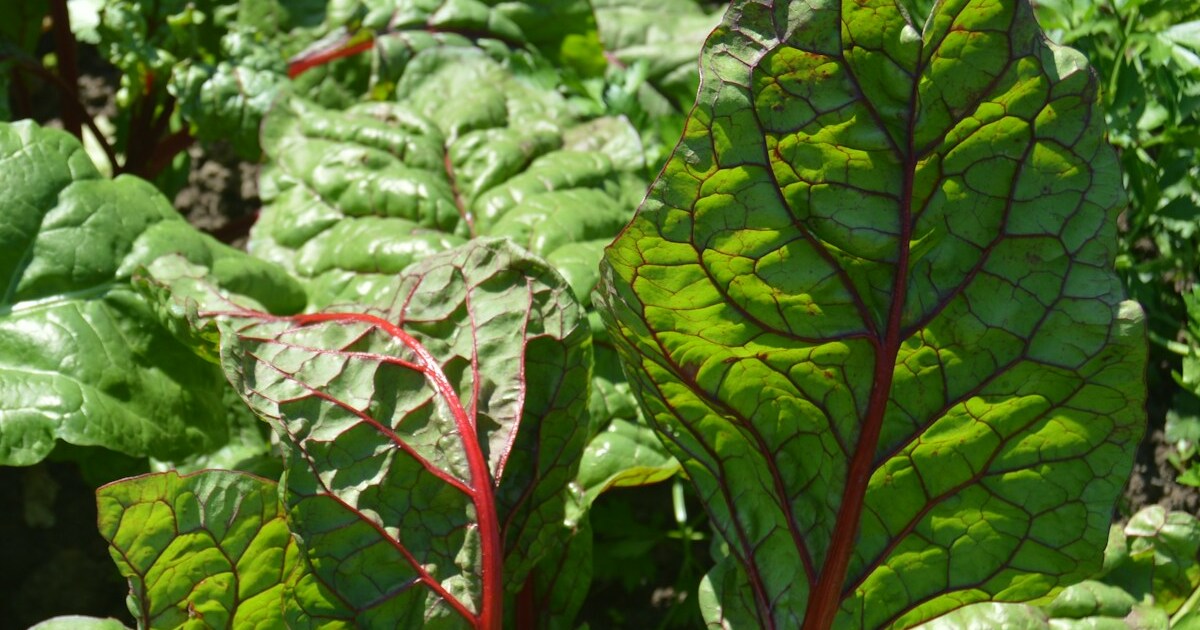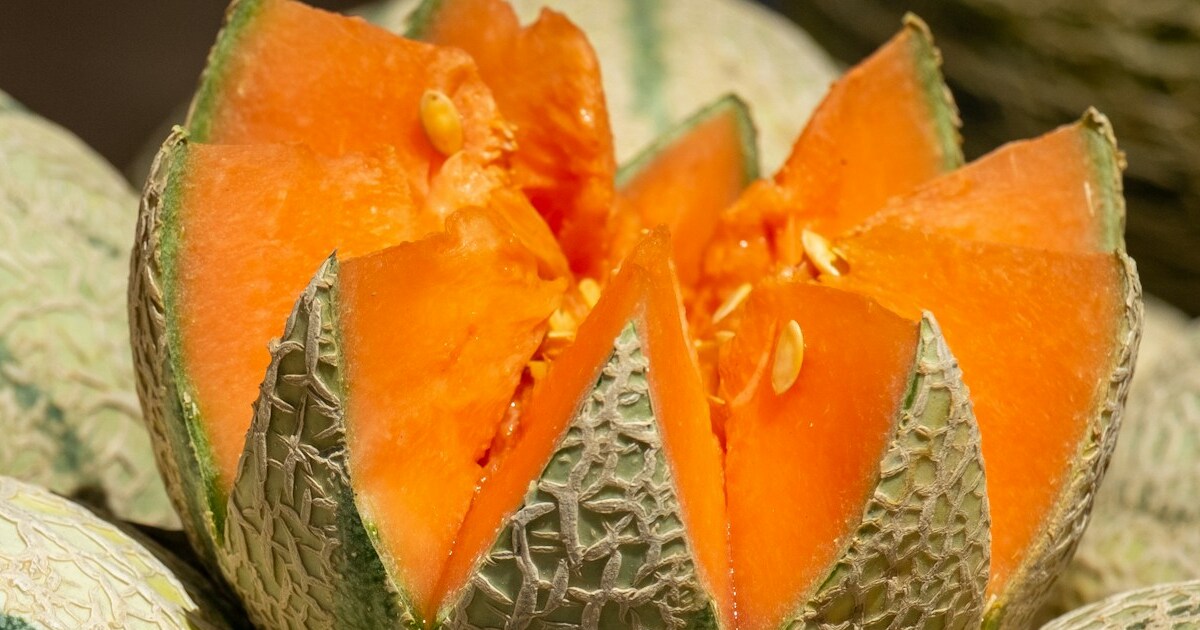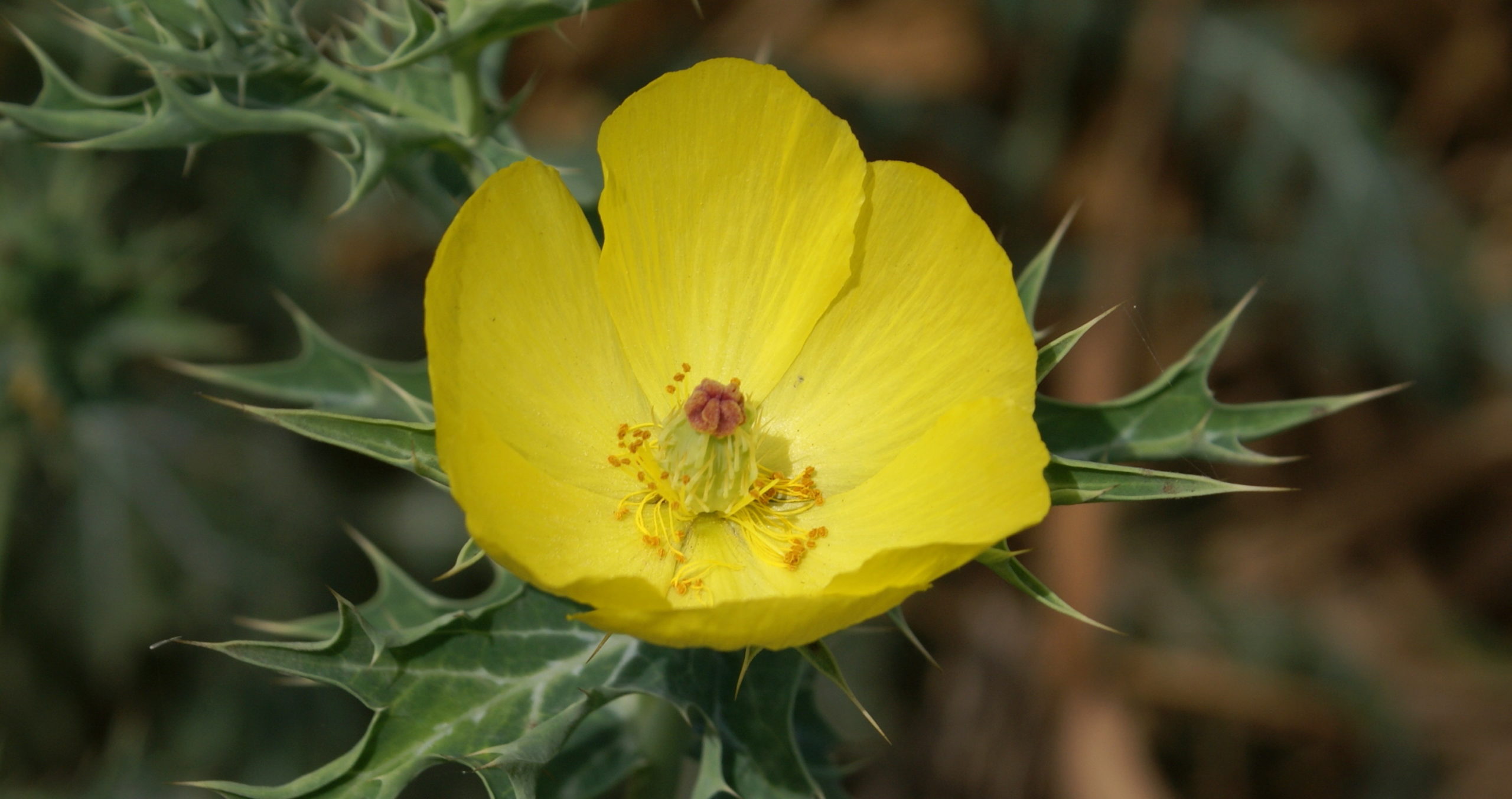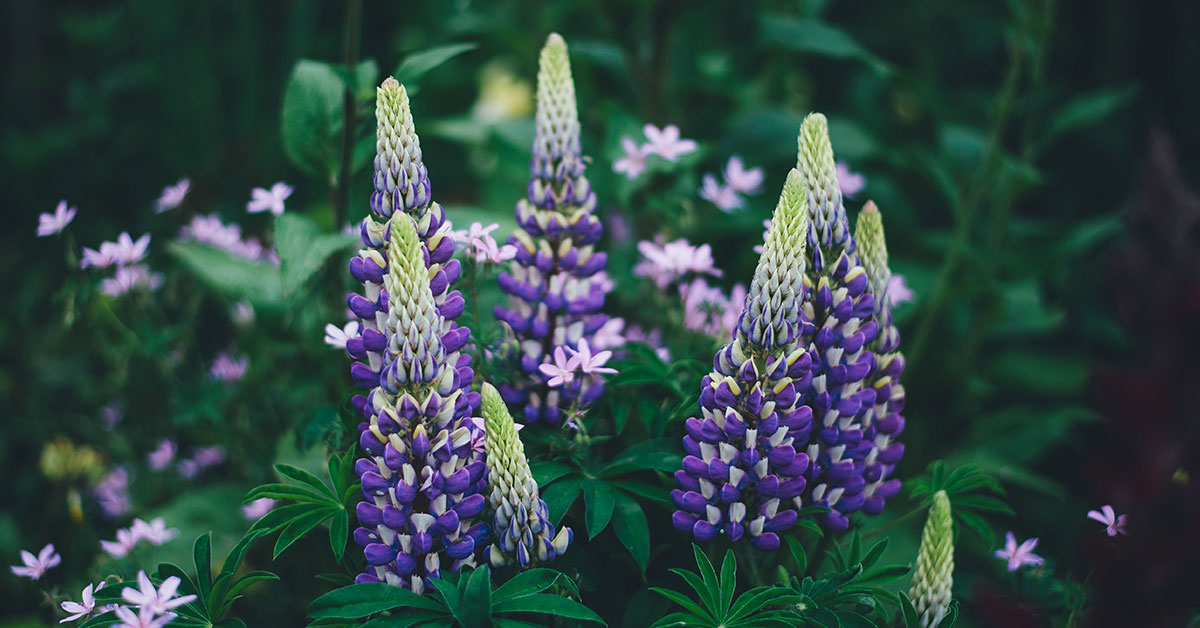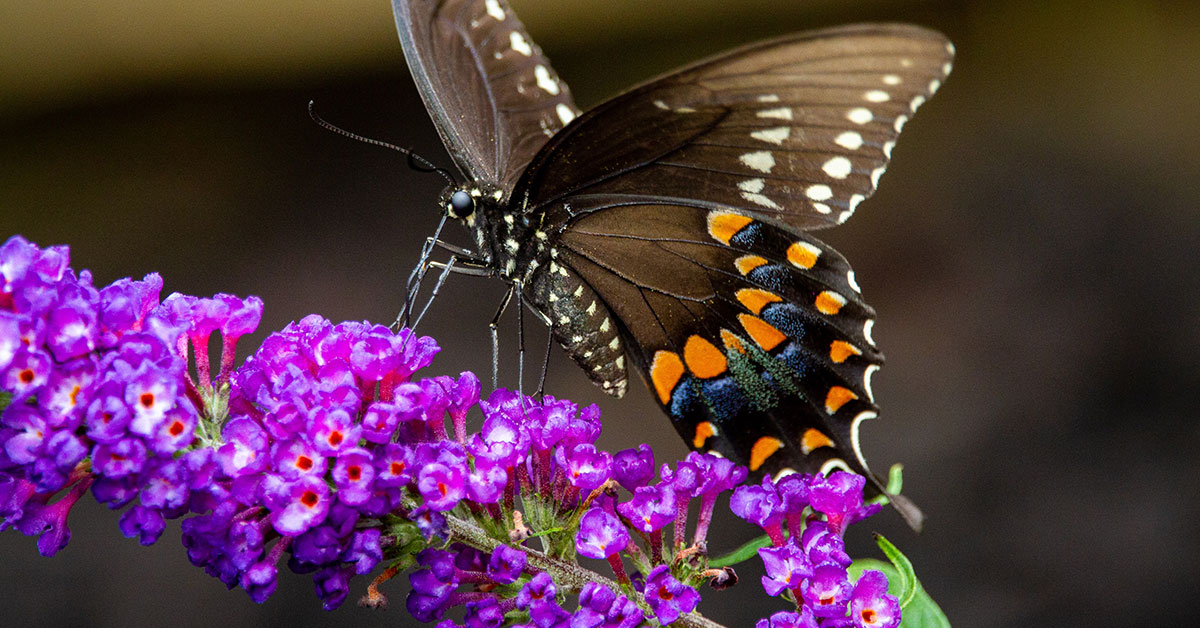Gardening with herbs is one of my greatest joys—the scent of fresh oregano at sunrise, the taste of mint in a cool drink, and the sight of lavender swaying in the breeze! But it’s such a bummer when a flourishing patch suddenly wilts under heat, pests, or nutrient gaps. I know how frustrating it is to invest time and care, only to see those tender seedlings struggle just as summer dawns.
That’s why I’m so excited to share twelve essentials you’ll want in place before June arrives. From soil testing to pollinator-friendly companions, each tip helps your herb garden thrive, attracts beneficial insects, and keeps invasive tendencies in check. Let’s jump in—your parsley, basil, and thyme will thank you with lush growth and vibrant flavor!
Organic Compost and Soil Amendment

One of my favorite starts to spring is layering rich, homemade compost into herb beds. Compost—rich in nutrients and beneficial microbes—mimics the forest-floor humus where many Mediterranean herbs like rosemary (Rosmarinus officinalis, native to the Mediterranean basin) and sage (Salvia officinalis) evolved. Adding a generous 2–3 inch mulch of finished compost before June gives hungry herbs the steady nourishment they need as temperatures climb!
Beyond feeding your plants, compost invites earthworms and springtails into the soil profile—tiny tunnelers that improve aeration and drainage. These busy critters create the perfect crumbly texture for new roots and even offer nesting sites for ground-dwelling pollinators, like certain solitary bees that burrow in loose soil!
Soil Test Kit

Testing soil pH and nutrient levels before the growing season peaks is such a game-changer. Herbs have varied preferences—thyme and lavender thrive in slightly alkaline soils, while mint and cilantro prefer a neutral to slightly acidic range. I once planted chives without testing and ended up with patchy growth until I balanced the pH with a light lime application!
A basic home soil test kit lets you measure nitrogen, phosphorus, potassium, and pH, so you can adjust with natural amendments. Correct soil chemistry ensures robust root development and reduces the risk of nutrient lockout—plus, well-balanced beds attract a wider array of beneficial nematodes and microbes critical for disease suppression!
Well-Draining Planting Mix
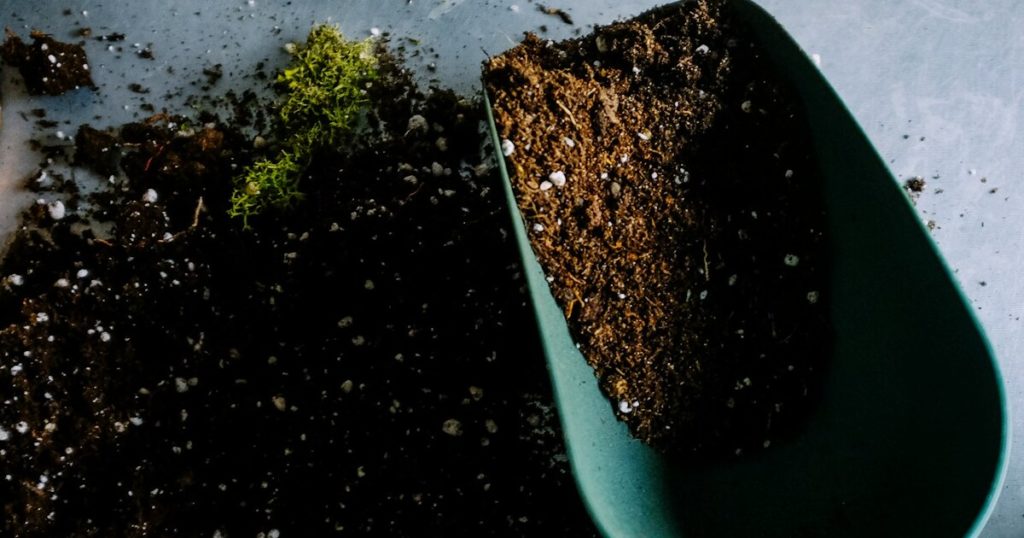
Herbs hate soggy feet almost as much as winter frost! Before June’s heat and rains set in, make sure your beds or containers have a well-draining mix. I blend equal parts garden loam, coarse sand, and fine gravel for Mediterranean lovers like oregano and rosemary, replicating the rocky soils of their native habitat!
Good drainage prevents waterlogging and root rot, while encouraging root systems to explore deeper—exactly where moisture-loving ground bees and predatory beetles nest. An open soil structure also deters fungal diseases, keeping your thyme and savory crisp and healthy.
Drip Irrigation System

Consistent moisture is vital as herbs transition from cool spring nights to bright June days. Installing a simple drip tape or soaker hose system delivers water directly to the root zone, reducing evaporation and preventing wet foliage that invites mildew. I still remember the relief of watching my basil perk up during a week-long heatwave, thanks to my trusty drip lines!
Drip irrigation helps maintain even soil moisture, which supports ground-nesting bees—like mason bees—that often forage early in the morning. Those gentle hums around your mint and borage reward you with better pollination and fuller herb harvests!
Mulch Layer
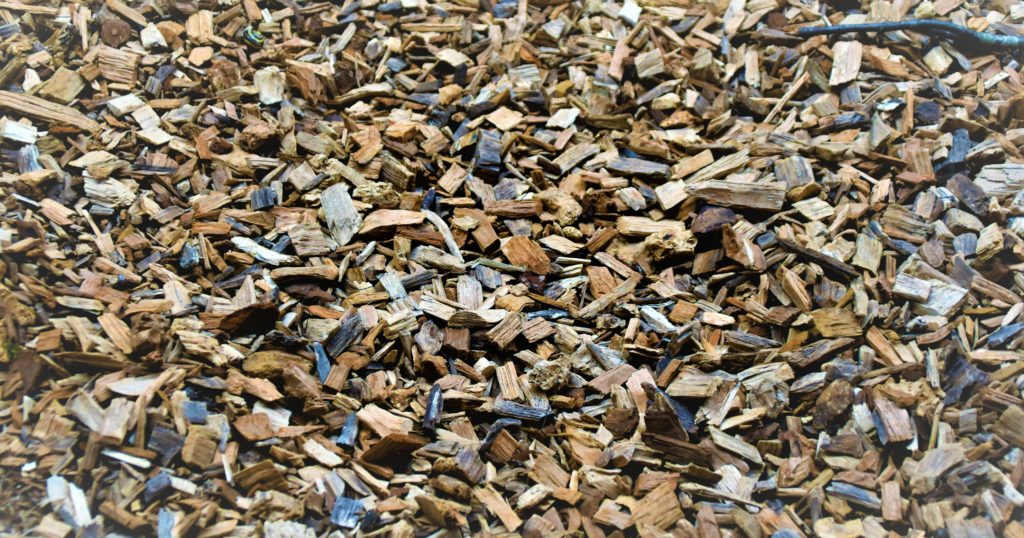
Applying a 2–3 inch layer of organic mulch—such as straw, shredded leaves, or pine needles—before June keeps soil temperatures moderate and locks in moisture. Mulch mimics the natural leaf litter found under native herb communities, like French tarragon’s home turf in the grasslands of Siberia and Mongolia!
Besides conserving water, that mulch layer provides habitat for beneficial insects—ground beetles, lacewing larvae, and pupating butterflies—that patrol your herb garden for slugs and aphids. A tidy, mulched bed is a happy bed!
Companion Pollinator Plants

Interplanting herbs with pollinator magnets—like bee balm (Monarda fistulosa, native to North America) or purple coneflower (Echinacea purpurea)—before June ensures a steady stream of bees and butterflies. One of my favorite pairings is basil alongside borage; the bright blue star flowers lure honeybees, which then buzz over to basil blossoms for delicious pollination!
By including natives such as penstemon and goldenrod, you support local pollinators year-round without risking invasive escapes. These companion blooms also provide nesting materials—like hollow stems for mason bees—boosting biodiversity in your garden ecosystem.
Raised Beds or Containers
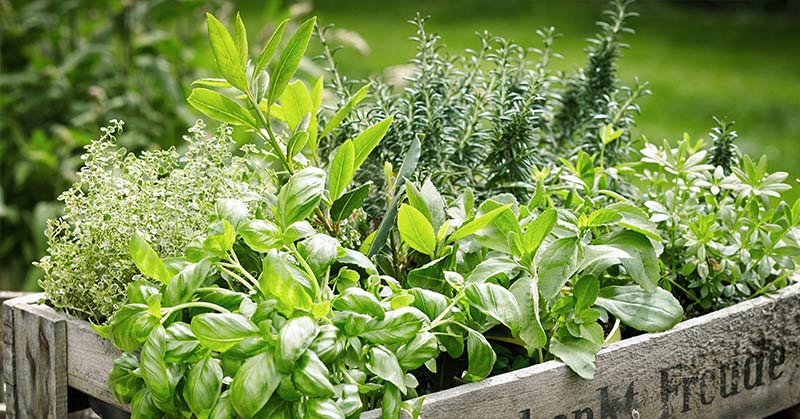
If your native soil isn’t ideal—heavy clay or too sandy—raising your herbs in boxed beds or pots filled with custom mixes gives you control. I built cedar raised beds last year, and my rosemary and thyme have never looked happier! Containers also allow you to move delicate herbs into shade or shelter when June’s sun becomes intense.
Elevated beds improve drainage, reduce soil compaction, and create more nesting nooks for ground beetles and small wasps beneath the frames. And when you’re ready to overwinter potted herbs like lemon balm and winter savory, simply slide the containers into a protected porch area!
Protective Shade Cloth

Some herbs—cilantro and parsley—bolt quickly when heat soars. Installing lightweight shade cloth over those tender patches before June cuts direct sunlight by about 30%, delaying bolting and extending harvest. I was amazed to get fresh cilantro through the first heatwave last year just by draping a simple mesh sail!
Shade cloth also protects seedlings from intense midday sun and reduces heat stress-related pest outbreaks. Cooler microclimates under the cloth support beneficial hoverflies and ladybugs, which patrol for aphids and keep your herb foliage pristine!
Pathogen-Blocking Row Covers
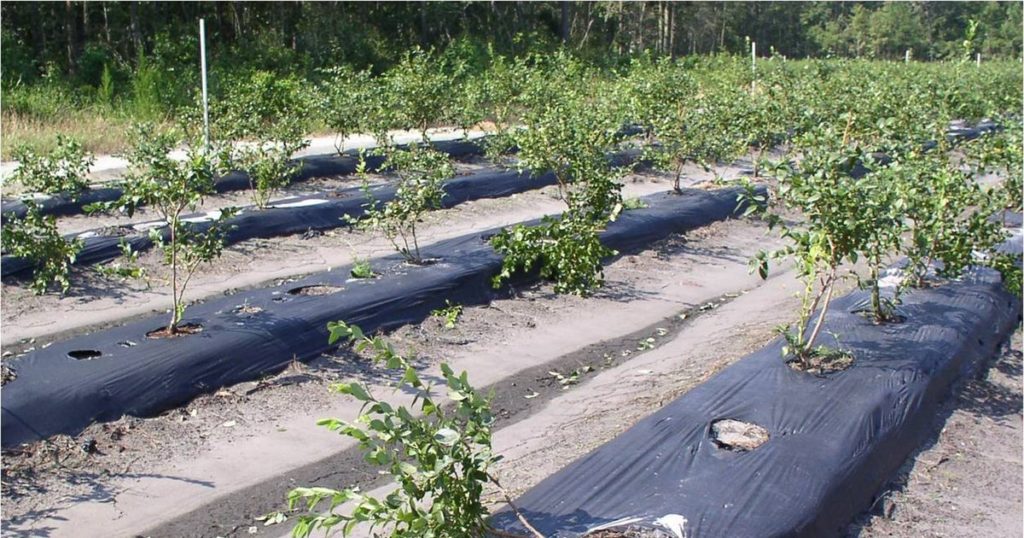
Lightweight row covers placed over young herb transplants shield them from early-season pests—like flea beetles on young mustard greens or aphids on chives. I used floating row covers in April and May, and by June my garlic chives were growing lush without a single pest hole!
These breathable fabrics block insects while allowing air, light, and rain through. Once your herbs have matured past the seedling stage, simply remove the covers to welcome pollinators back into the garden for robust flowering and seed set!
Garden Journal

Documenting planting dates, bloom times, pest sightings, and harvest yields in a garden journal helps you fine-tune your herb beds year after year. I jot down when my rosemary first flowered, or which parsley variety survived last winter best—building a personal herbology handbook that guides future success!
Noting nesting patterns of beneficial insects—like when solitary bees first appear—lets you plan companion blooms to match herb flowering. Over time, your journal becomes an invaluable tool for maximizing flavor, yield, and wildlife harmony in your herb haven.
Pruning and Harvesting Tools
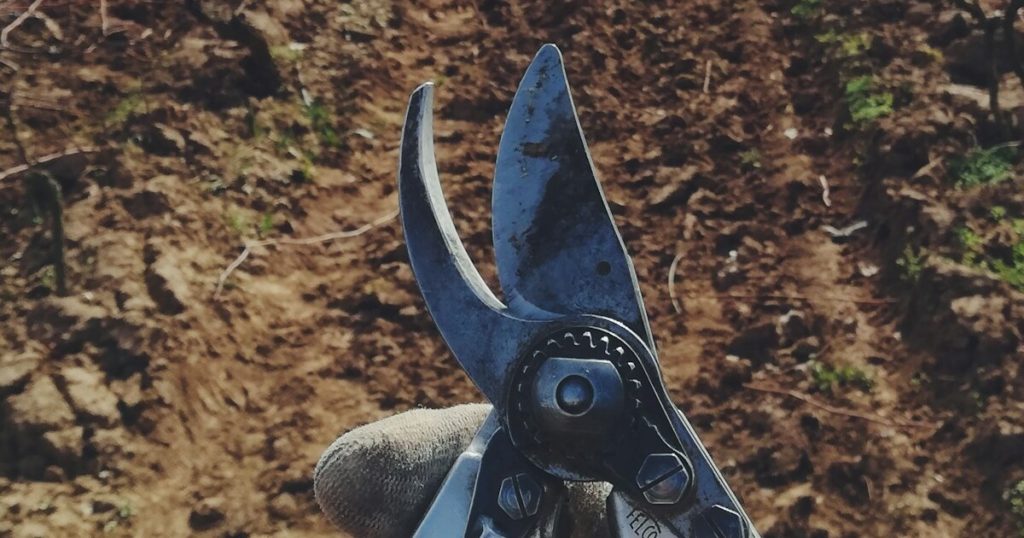
Sharp pruning shears, snips, and harvest scissors are essential for maintaining healthy herbs. Before June’s vigorous growth kicks in, sharpen and sanitize your tools to prevent disease spread. I always clean my snips with alcohol between cuts when harvesting sage or mint, ensuring each snip is precise and hygienic!
Regular pruning encourages bushier growth in oregano, thyme, and rosemary, while selective harvesting of basil leaves delays flowering. Well-tended herbs provide both fresh kitchen ingredients and an ongoing supply of blossoms that attract pollinators throughout the season.
Pest Patrol Stations
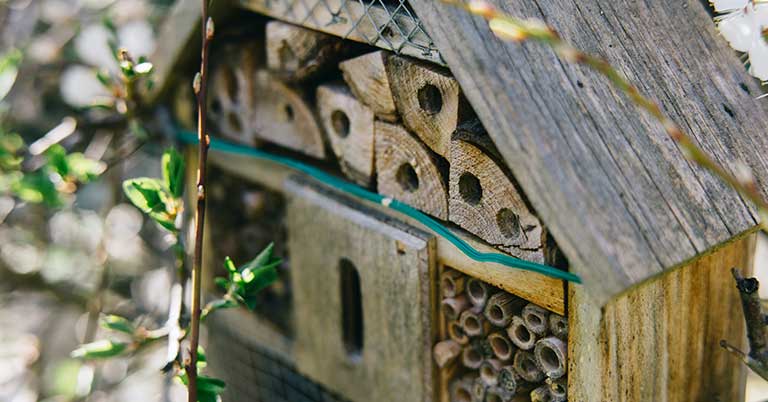
Finally, setting up small “insect hotels” or bundles of hollow reeds provides nesting sites for predatory wasps and mason bees that keep pest populations in check. I tucked a simple hotel at the edge of my herb plot last spring, and by June it was buzzing with solitary bees emerging to forage on nearby dill and fennel flowers!
These beneficial insects patrol for aphids, caterpillars, and other herb-eating pests, offering natural pest control that helps your basil leaves stay blemish-free. A little habitat goes a long way toward creating a self-regulating, flourishing herb garden!




